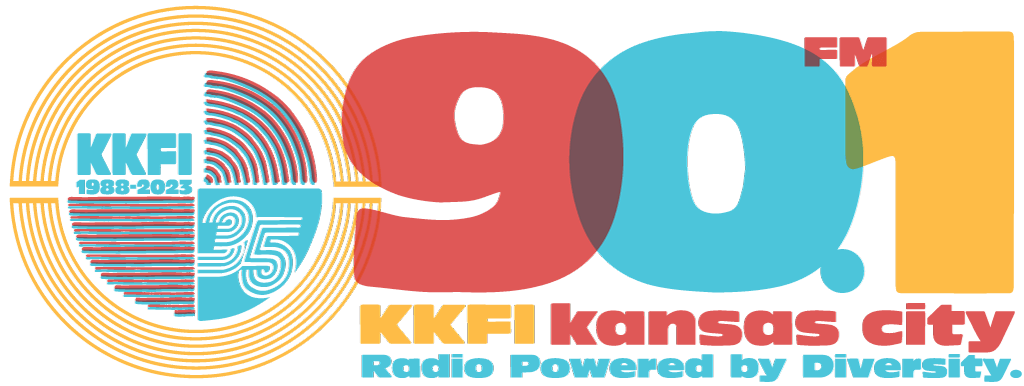This year we kick off with White Christmas by Irving Berlin (who knew that innocuous little White Christmas could eventually become interpreted as a commentary on climate change?)
By the way: Did you know that approximately half of the 30 best-selling Christmas songs by ASCAP members in 2015 were written by Jewish composers? Jewish composers gave us Winter Wonderland, Do You Hear What I Hear?, Silver Bells, Sleigh Ride, and White Christmas, just to name a few.
Then we acknowledge the pagan origins of the Christmas celebrations.
Holly, ivy, and other greenery such as mistletoe were originally used in pre-Christian times to help celebrate the Winter Solstice Festival, to ward off evil spirits, and to celebrate new growth. The original carols, first sung in Europe thousands of years ago, were pagan songs sung at the Winter Solstice celebrations as people danced around stone circles. Carols used to be written and sung during all four seasons, but only the tradition of singing them at Christmas has really survived. Early Christians took over the pagan solstice celebrations for Christmas and gave people Christian songs to sing instead of pagan ones, sometimes incorporating the original pagan traditions (“… the rising of the sun/the running of the deer/the playing of the merry organ/ sweet singing all in the choir” – REALLY??).
After that, we switch to the Christian tradition, get Joseph and Mary to Bethlehem, and get Jesus born.
You might notice that in ‘The Cherry Tree’ carol Jesus tells Joseph and Mary that he’s going to be born on the 6th of January. He is not mistaken. The 6th of January was ‘Old Christmas’ (predating the Julian calendar which means that this carol was written before 1752). Nowadays the 6th of January is when the three kings arrive (and the date to which you should be leaving your Christmas decorations up – just sayin’).
We celebrate Jesus’s birth, then spread the news, after which the shepherds, three kings, and the little drummer boy arrive.
Once Jesus is settled in and everybody has arrived, we switch to the feasting and song tradition (another pagan throwback)
One of Valerie’s two favorite carols, the Boar’s Head Carol, a macaronic (mixing the vernacular with Latin) carol first published in 1521, talks about a feast during midwinter in which a wild boar was served as the main dish with its head was placed separately on a platter to symbolize bravery and abundance. Closely related to the Norse tradition of a boar sacrificed to Freyja during the feast of the Winter Solstice, this song originated from an urban legend in Queen’s College, Oxford back in the 16th century which tells of how a scholar from Queen’s College managed to kill an attacking board and offered it at dinner.
Wassailing is a British tradition with Norse roots. The word wassail itself is from the Old Norse “ves heil”, Old English was hál, literally: be hale) and refers to a beverage of hot mulled cider, consumed during a Medieval Christmastide English drinking ritual. The tradition of wassailing falls into two categories: house-visiting wassails and orchard-visiting wassails. The house-visiting wassail is the practice of people going door-to-door, singing, and offering a drink from the wassail bowl in exchange for gifts. The orchard-visiting wassail refers to the ancient custom of visiting orchards in cider-producing regions of England, reciting incantations, and singing to the trees to promote a good harvest for the coming year.
We give a nod to Good King Wenceslas. “Bring me flesh, and bring me wine, bring me pine logs hither: Thou and I shall see him [yonder peasant] dine when we bear him thither.” Be like Wenceslas…
Finally, we wrap up with a couple of cautionary tales of the consequences of holiday overindulgence.
Tune in and enjoy!



